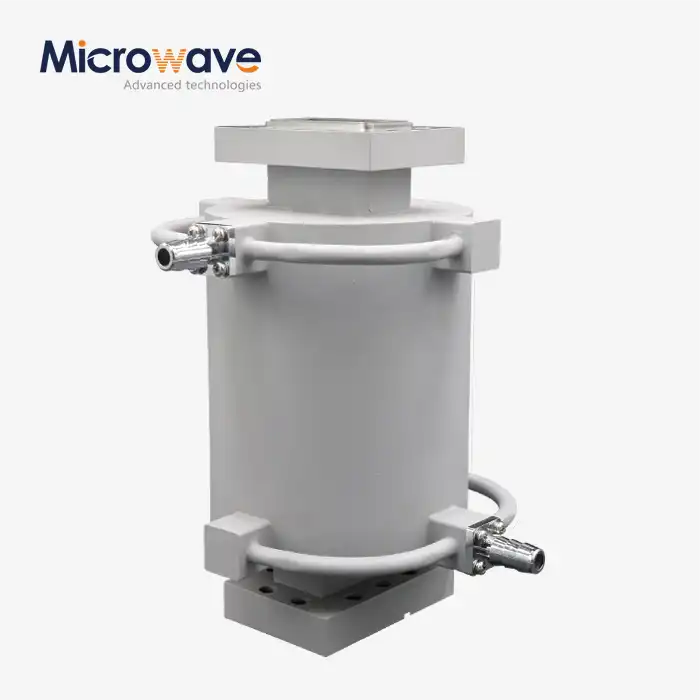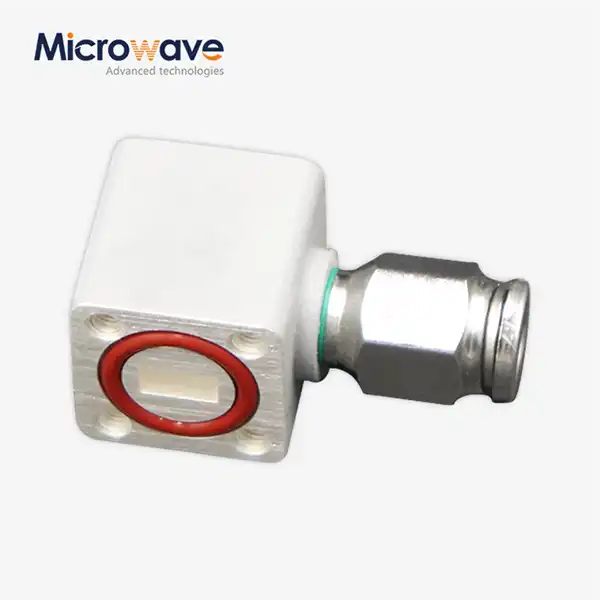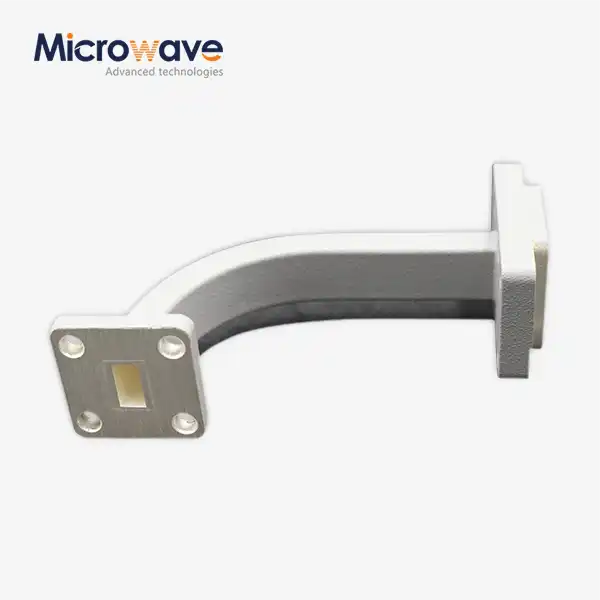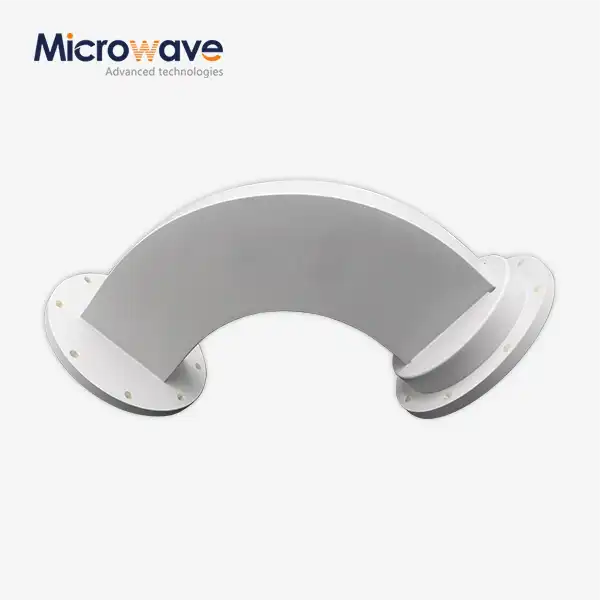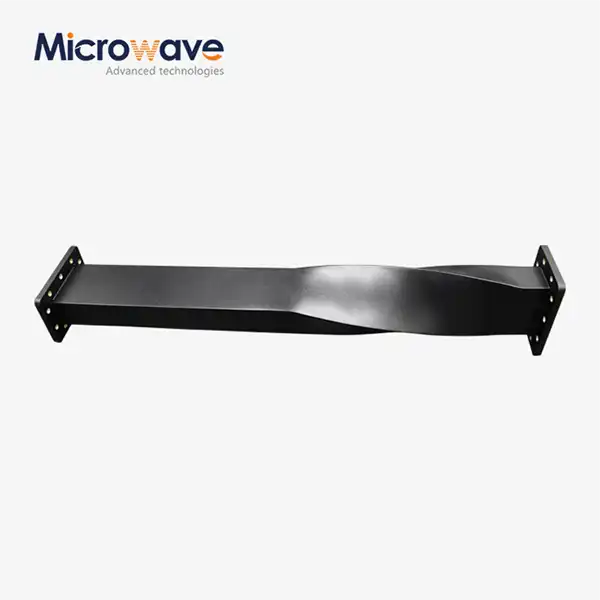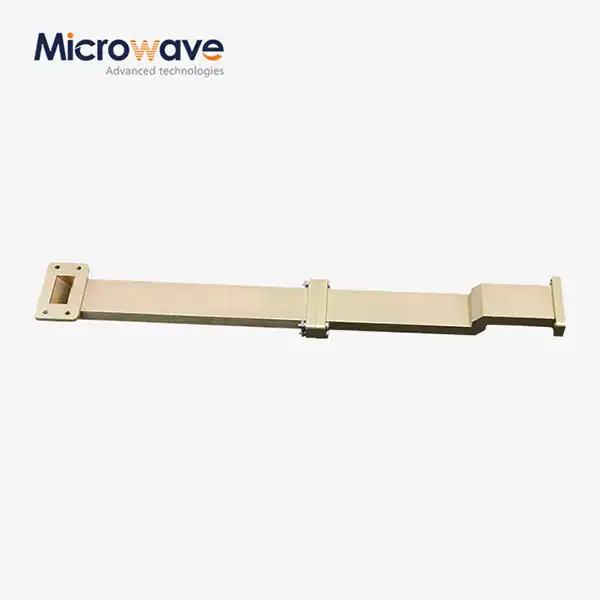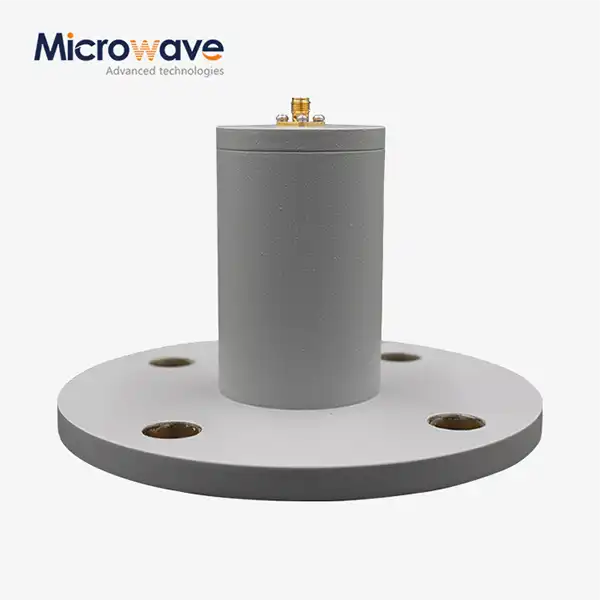How Does Waveguide Twist Optimize Microwave Component Performance?
In the rapidly evolving landscape of microwave technology, achieving optimal signal transmission while maintaining system integrity presents ongoing challenges for engineers and system designers. Waveguide twists have emerged as critical components that address fundamental issues in microwave systems, particularly when dealing with spatial constraints and polarization requirements. The WG Twist represents a sophisticated solution that enables seamless signal routing while preserving electromagnetic characteristics essential for high-performance applications. These precision-engineered components facilitate complex system architectures by providing controlled rotation of electromagnetic fields without compromising signal quality. Understanding how waveguide twists optimize microwave component performance requires examining their fundamental principles, practical applications, and the technological innovations that make them indispensable in modern RF systems across satellite communications, defense, and aerospace industries.
Fundamental Principles of Waveguide Twist Technology
Electromagnetic Field Rotation Mechanics
The core functionality of Waveguide Twist technology relies on the controlled manipulation of electromagnetic field patterns as they propagate through carefully designed metallic structures. When microwave signals traverse a WG Twist, the component gradually rotates the electric and magnetic field vectors while maintaining the fundamental propagation characteristics of the waveguide mode. This rotation occurs through a helical transition that preserves the impedance matching between input and output ports, ensuring minimal reflection and maximum power transfer efficiency. The precision engineering involved in creating these transitions requires exact geometric tolerances and smooth surface finishes to prevent unwanted mode conversion or signal degradation. Advanced Microwave Technologies Co., Ltd. leverages decades of experience in microwave component development to manufacture WG Twist components that achieve superior performance across frequency ranges extending up to 110 GHz, making them suitable for the most demanding applications in satellite communications and radar systems.
Mathematical Modeling of Twist Performance
The performance optimization achieved through Waveguide Twist implementation can be quantified through rigorous electromagnetic analysis using Maxwell's equations and mode theory. The twist angle progression follows carefully calculated profiles that minimize reflection coefficients while maintaining low insertion loss throughout the operating frequency band. Advanced computational electromagnetics techniques enable engineers to predict and optimize the performance characteristics before physical manufacturing, ensuring that each WG Twist meets stringent specifications for VSWR, insertion loss, and return loss. The mathematical models account for manufacturing tolerances, surface roughness effects, and thermal expansion characteristics that could impact performance in real-world applications. These sophisticated design tools allow Advanced Microwave Technologies Co., Ltd. to customize WG Twist components with specific twist angles, lengths, and flange configurations tailored to unique customer requirements, whether for left-hand or right-hand rotation applications across their standard product line covering waveguide sizes from WR10 through WR430.
Material Science and Construction Excellence
The exceptional performance of modern WG Twist components stems from advanced material science and precision manufacturing techniques that ensure long-term reliability under challenging environmental conditions. High-quality metallic alloys provide excellent electrical conductivity while maintaining mechanical stability across wide temperature ranges. Surface treatments and coatings enhance corrosion resistance, particularly important for aerospace and maritime applications where exposure to harsh environments is inevitable. The manufacturing process involves precise machining and assembly techniques that maintain the critical dimensional tolerances required for optimal electromagnetic performance. Advanced Microwave Technologies Co., Ltd. employs state-of-the-art quality control procedures throughout the production process, ensuring that each Waveguide Twist component meets or exceeds industry standards for performance and reliability. The robust construction methodology enables these components to maintain their specifications even under extreme thermal cycling, vibration, and electromagnetic interference conditions commonly encountered in defense and satellite communication systems.
Performance Enhancement Through Strategic Implementation
Signal Integrity Preservation Techniques
The implementation of WG Twist technology in microwave systems dramatically improves signal integrity by eliminating the need for complex mechanical assemblies that could introduce unwanted reflections or losses. Traditional approaches to achieving signal path rotation often involve multiple bends, adapters, or flexible waveguide sections that can degrade system performance through increased insertion loss and potential reliability issues. Waveguide Twist components provide a single, monolithic solution that maintains the fundamental waveguide characteristics while achieving the required spatial orientation. This approach significantly reduces the number of interconnections in the signal path, thereby minimizing potential failure points and improving overall system reliability. The precision-engineered transitions within the WG Twist ensure that higher-order modes are suppressed, preventing unwanted interference and maintaining clean signal propagation. Advanced Microwave Technologies Co., Ltd. designs their Waveguide Twist products with careful attention to mode suppression characteristics, ensuring that only the desired fundamental mode propagates through the component while unwanted modes are effectively attenuated.
Frequency Response Optimization Strategies
The broad frequency coverage capability of modern Waveguide Twist components enables system designers to optimize performance across multiple frequency bands simultaneously, a critical requirement in modern multiband communication systems. The careful design of the Waveguide Twist profile ensures that performance characteristics remain consistent across the entire operating frequency range, avoiding the frequency-dependent variations that can plague other routing solutions. Advanced electromagnetic simulation techniques allow engineers to optimize the Waveguide Twist geometry for specific frequency bands, ensuring minimal group delay variation and phase distortion that could affect system performance. The wide frequency range capability, extending up to 110 GHz in advanced designs, makes these Waveguide Twist devices suitable for emerging applications in millimeter-wave communications and high-resolution radar systems. Advanced Microwave Technologies Co., Ltd. leverages their extensive experience in microwave component design to deliver Waveguide Twist solutions that maintain excellent performance characteristics across the specified frequency bands, enabling system designers to achieve optimal performance in their specific applications.
System Integration and Compatibility Advantages
The modular nature of Waveguide Twist components facilitates seamless integration into existing microwave systems while providing flexibility for future upgrades and modifications. Standard flange interfaces ensure compatibility with existing waveguide infrastructure, while custom flange options enable integration with specialized equipment configurations. The compact form factor of WG Twist components often enables more efficient system packaging, reducing overall equipment size and weight – critical considerations in aerospace and mobile applications. The mechanical stability and precision manufacturing of these components ensure reliable performance over extended operational periods, reducing maintenance requirements and system downtime. Advanced Microwave Technologies Co., Ltd. offers comprehensive OEM services that enable customers to specify exact dimensional requirements, materials, and performance characteristics needed for their particular applications, ensuring seamless integration with existing system architectures while meeting stringent performance requirements.
Advanced Applications in Modern Microwave Systems
Satellite Communication System Optimization
In satellite communication applications, WG Twist components play crucial roles in antenna feed systems, earth station equipment, and spacecraft payload configurations where precise signal routing is essential for maintaining link performance. The ability to achieve controlled polarization rotation enables efficient utilization of dual-polarized antenna systems, maximizing channel capacity while minimizing interference between orthogonal polarization channels. Ground station installations benefit from the mechanical flexibility provided by Waveguide Twist components, enabling optimal antenna pointing while maintaining proper signal polarization alignment. The low insertion loss characteristics of properly designed WG Twist components preserve the limited power budgets typical of satellite communication links, ensuring maximum signal-to-noise ratios for reliable communication. Advanced Microwave Technologies Co., Ltd. works closely with satellite system integrators to develop customized Waveguide Twist solutions that meet the specific requirements of each application, including environmental specifications for space-qualified components and ground-based installations operating in challenging climatic conditions.
Defense and Radar System Enhancement
Military and defense applications demand the highest levels of performance and reliability from microwave components, making WG Twist technology essential for radar systems, electronic warfare equipment, and communication systems operating in contested environments. The precision polarization control capability enables advanced radar techniques such as dual-polarization weather radar and target discrimination systems that rely on polarization diversity for enhanced performance. Electronic warfare systems utilize Waveguide Twist components to achieve rapid polarization switching and beam steering capabilities that provide tactical advantages in complex electromagnetic environments. The robust construction and high thermal stability of these components ensure reliable operation under the extreme conditions typically encountered in military applications, including wide temperature ranges, high vibration levels, and electromagnetic interference. Advanced Microwave Technologies Co., Ltd. maintains strict quality control procedures and security protocols to support defense contractors and government agencies requiring components that meet stringent military specifications and security requirements.
Aerospace and Avionics Integration
The aerospace industry relies heavily on WG Twist technology for navigation systems, communication equipment, and weather radar installations where space constraints and weight limitations demand compact, efficient solutions. Aircraft navigation systems utilize these components to maintain proper antenna polarization alignment despite aircraft attitude changes, ensuring reliable reception of navigation signals. Weather radar systems benefit from the polarization control capabilities that enable precipitation type discrimination and turbulence detection essential for flight safety. The lightweight construction and compact form factor of modern Waveguide Twist components help reduce aircraft weight while improving system performance, contributing to fuel efficiency and operational cost reductions. The high reliability and long service life characteristics of these components minimize maintenance requirements, reducing aircraft downtime and operational costs. Advanced Microwave Technologies Co., Ltd. works with aerospace manufacturers to develop application-specific solutions that meet the stringent certification requirements for aircraft installation while providing the performance characteristics needed for reliable operation in the challenging aerospace environment.
Conclusion
Waveguide Twist technology represents a fundamental advancement in microwave component design, offering unprecedented capabilities for signal routing and polarization control in demanding applications. The precision engineering and advanced materials employed in modern WG Twist components enable system designers to achieve optimal performance while maintaining reliability and cost-effectiveness. Advanced Microwave Technologies Co., Ltd. continues to lead innovation in this critical technology area, providing comprehensive solutions for satellite communications, defense, and aerospace applications.
Ready to optimize your microwave system performance with advanced Waveguide Twist solutions? Advanced Microwave Technologies Co., Ltd. brings over 20 years of expertise in microwave component manufacturing, backed by ISO-certified quality systems and cutting-edge measurement facilities up to 110 GHz. Our comprehensive OEM services include rapid prototyping, technical support, and customized solutions tailored to your specific requirements. Whether you need standard waveguide sizes from WR10 through WR430 or specialized configurations, our expert engineering team delivers exceptional performance with quick turnaround times and competitive pricing. Don't let signal routing challenges compromise your system performance – contact our specialists today at james@admicrowave.com to discuss how our advanced WG Twist technology can enhance your next project.
References
1.Pozar, D. M. (2012). Microwave Engineering. 4th Edition. John Wiley & Sons, New York.
2.Ramo, S., Whinnery, J. R., & Van Duzer, T. (1994). Fields and Waves in Communication Electronics. 3rd Edition. John Wiley & Sons, New York.
3.Collin, R. E. (2001). Foundations for Microwave Engineering. 2nd Edition. IEEE Press, Piscataway.
4.Marcuvitz, N. (1986). Waveguide Handbook. Institution of Engineering and Technology, London.
5.Chen, L. F., Ong, C. K., Neo, C. P., Varadan, V. V., & Varadan, V. K. (2004). Microwave Electronics: Measurement and Materials Characterization. John Wiley & Sons, Chichester.
6.Sorrentino, R., & Bianchi, G. (2010). Microwave and RF Engineering. John Wiley & Sons, Chichester.




